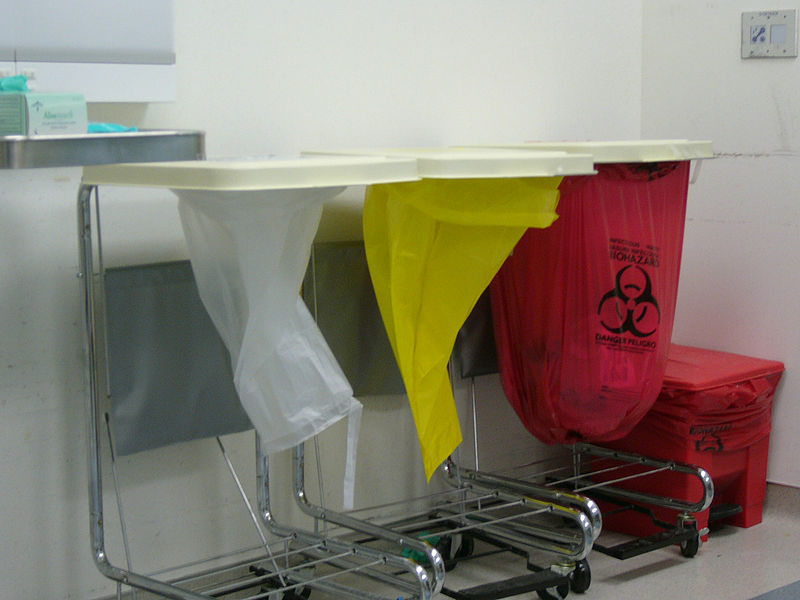Medical Waste in National Health Service: Where and How Do They Dispose It?
4/25/2020

Hospital waste is divided into four groups. These are sharp, infectious, medical, anatomical. Therefore, there are strict regulations in transporting these. In the UK, the Environmental Agency investigated as to how one NHS contractor failed to transport body parts and other hospital waste properly. As known, hospital waste should be disposed of in particular and separate containers. The kind of waste hospitals produce the most is infectious. These are disposable masks and other personal protective equipment. Since sharp wastes have a fine edge, they can’t go in bags. Instead, they are disposed of in a plastic container to avoid punctures or cuts. Medical waste and body parts and organs are segregated and placed into different plastic containers. For medications, these are segregated into 2. They are either hazardous, which are considered cytostatic or cytotoxic and non-hazardous, which don’t have any of these.The waste should be stored based on its category and not be mixed. Usually, at an NHS facility, the waste is segregated and put in yellow wheeled bins. There are numbers on these bins indicating the classification for transport. Though it is unlikely that someone will try to rummage into medical waste containers and bags, the risk is always there.After a contractor collects the waste, two things can either happen. One is the medical waste will be disposed of in a secured and safe facility, and the one is the waste will be incinerated or treated with heat.
